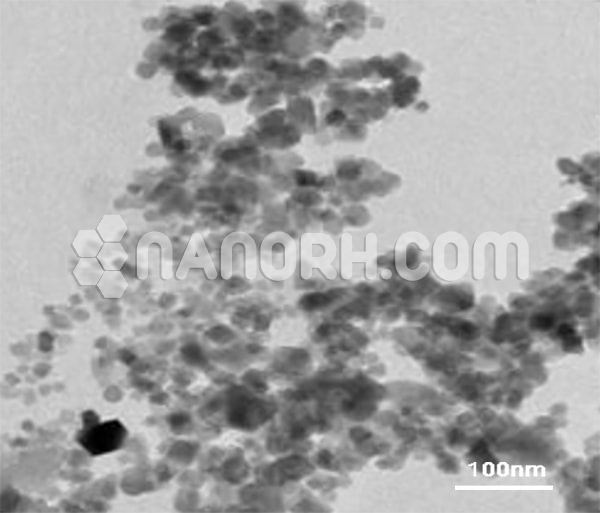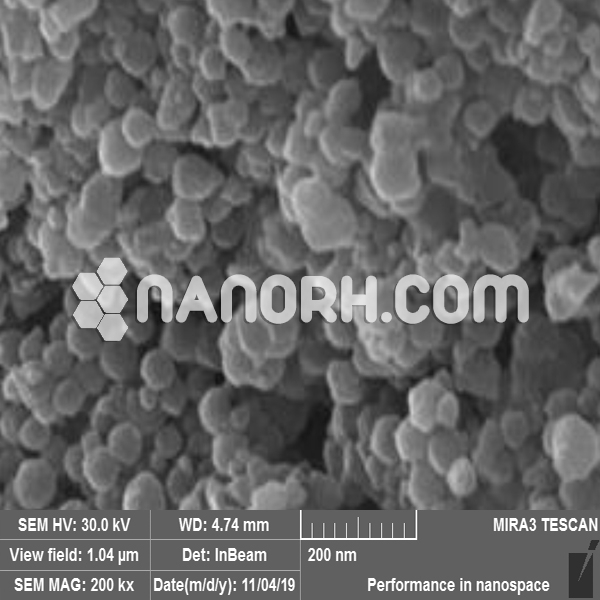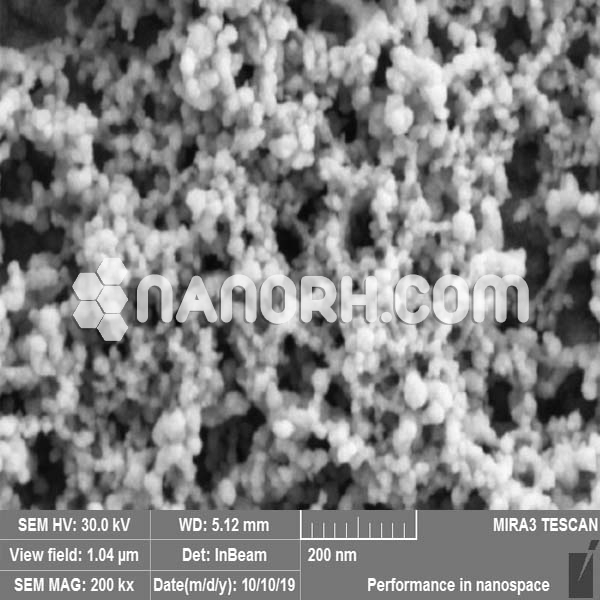Magnetite Oxide Nanoparticles for Medical MR Imaging
Magnetite Oxide Nanoparticles for Medical MR Imaging
| Magnetite Oxide Nanoparticles | |
| Product No | NRE-3037 |
| CAS No. | 1317-61-9 |
| Formula | Fe3O4 |
| APS | <100nm (Can be Customized) |
| Purity | 99.9% |
| Color | Dark Brown |
| Molecular Weight | 231.53 g/mol |
| Density | 5 g/cm³ |
| Melting Point | 1597 °C |
| Boiling Point | 2,623 °C |
Magnetite Oxide Nanoparticles for Medical MR Imaging
Magnetite Oxide Nanoparticles are an important class of nanoscale materials that are currently undergoing intensive development to improve the diagnosis of a wide range of diseases, such as cancer, cardiovascular diseases and neurological diseases. Magnetic resonance imaging (MRI) has become one of the most widely used and powerful tools for noninvasive clinical diagnosis due to its high soft tissue contrast, spatial resolution, and depth of penetration. In addition, images are acquired without the use of ionizing radiation or radiotracers which would cause unwanted harmful side effects. A significant amount of research in magnetic resonance medical imaging focuses on the development of contrast agents that can provide better delineation between healthy and diseased tissue. The nanoscale size of MNPs gives rise to unique magnetic properties and the ability to function at the cellular and molecular level. It is the combination of these characteristics that makes MNP contrast agents so promising for MRI applications. Nanotechnology has provided scientists with new tools to develop advanced materials for disease detection and diagnosis. In particular, Magnetite Oxide Nanoparticles for medical MR imaging have been widely studied as new contrast agents for magnetic resonance imaging (MRI) thanks to a combination of favorable superparamagnetic properties, biodegradability and properties of surface. This review discusses the basics of MR imaging, the origin of SPION’s unique magnetic properties, recent developments in MR acquisition methods for the detection, synthesis and post-synthesis processes of SPION that improve the imaging characteristics of SPION and the perspective of the translational potential of SPION.




